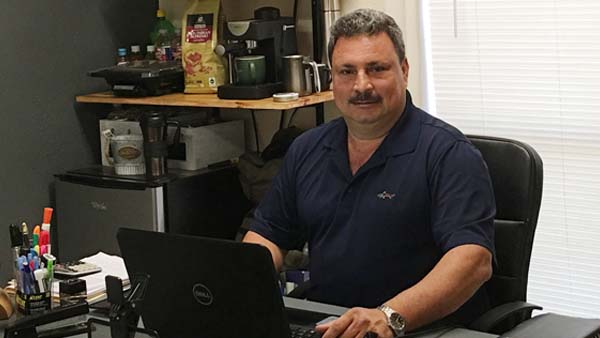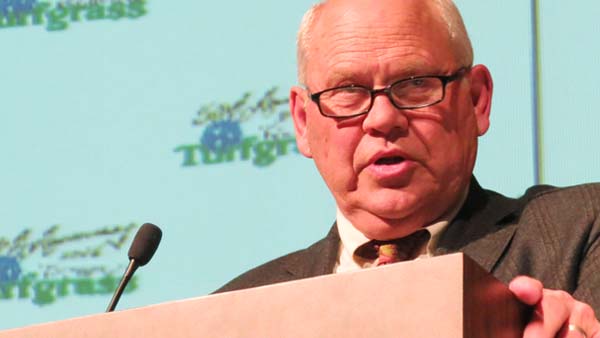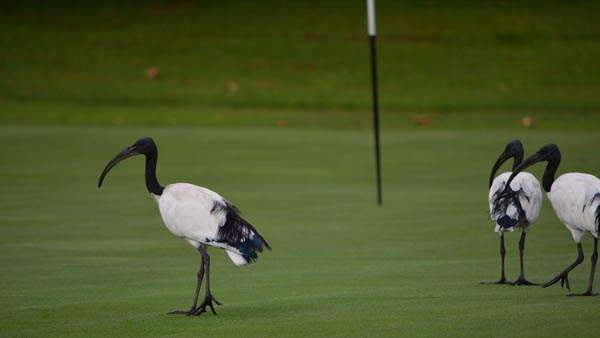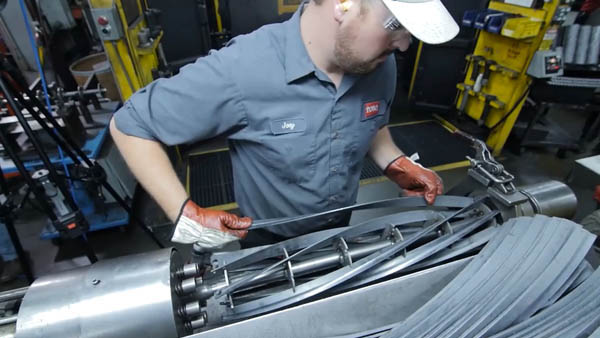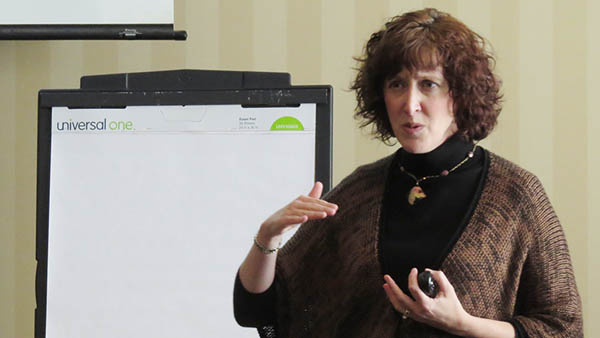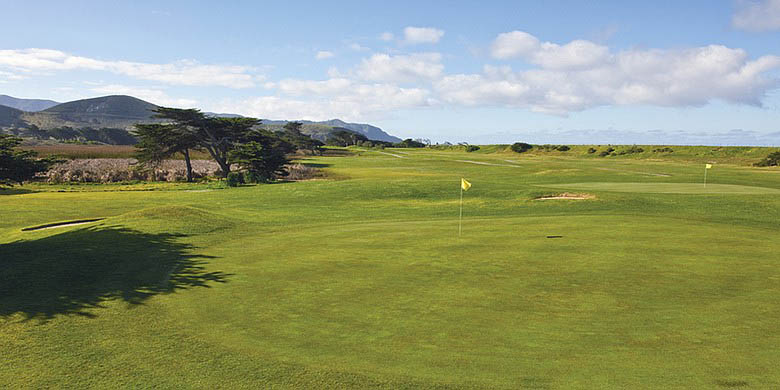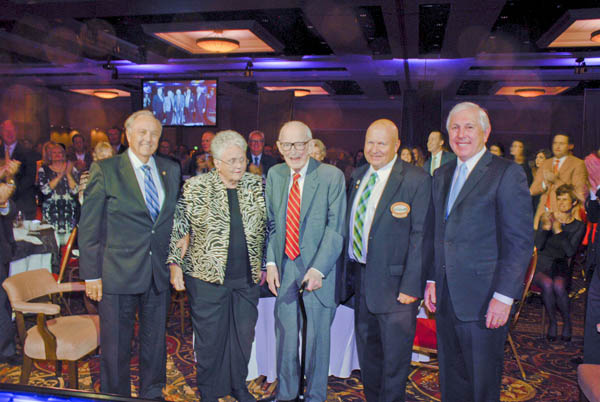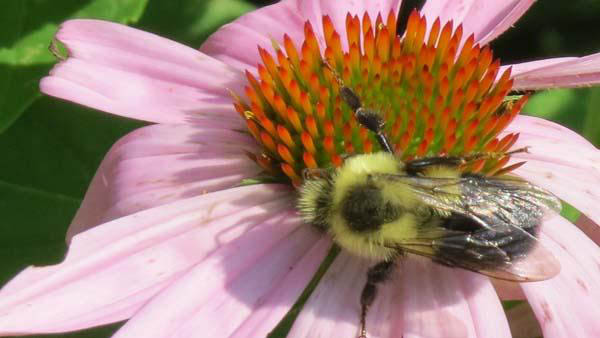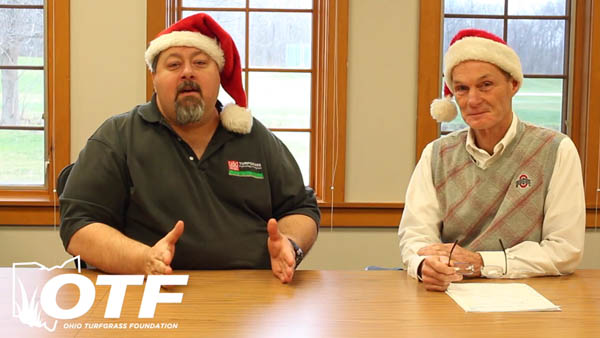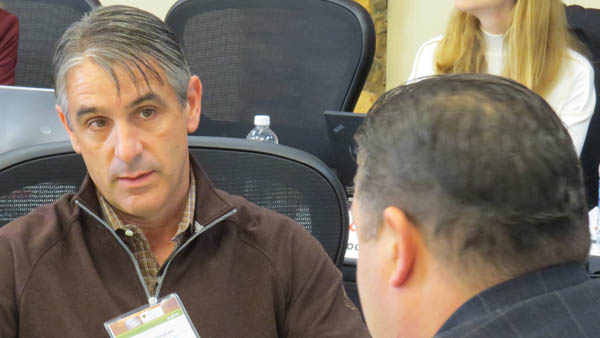
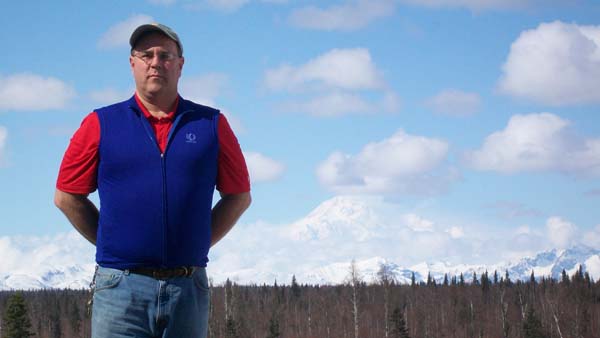
In June, July and August, Anchorage Golf Course can accommodate three shotgun tournaments per day. That's up to 350 rounds per day and 10,000 rounds per month. On the first day of summer, there is enough sunlight to play golf from 4 a.m. to 2 a.m. the following day. For the remainder of that three-month period, golfers only have about an 18-hour window in which to play each day. Golfers come from Japan and Korea and other countries the world over for those three months, many bent on playing 100 holes in a day. "During the summer, there is no doubt we are the busiest golf course in the world," Baumann said. "We have more traffic, more compaction and more wear than any course in the country for 90 days." Because conditions the other nine months of the year are mostly inhospitable to any outdoor activity that doesn't involve skis, Baumann also must conduct all of his agronomic practices while golfers are ushered through Anchorage's nearly 24 hours a day. "Double shotguns are the norm for most courses, but we will often have three shotguns a day; 7 a.m., 1 p.m. and 7 p.m.," said Anchorage general manager Tom Farris. "As a result, Marty must be creative in his staffing and agricultural practices." That pressure for time on the golf course means that Baumann and his crew begin their day at 2:30 a.m. That schedule includes mowing greens and changing cups every day. He slices the course and topdresses every 10 days or so, but his program is limited to bayonet tines because closing the course to pull cores is not an option with such a short playing season. He maintains the greens at a height of cut of 0.138 inches that typically roll between 7.5 and 8.5 on the Stimpmeter. Greens speeds this summer reached as high as 11, according to Farris. But speeds that fast also can deliver diminishing returns, Baumann said. "We can do more (than 7.5-8.5), but I can't go faster than that or it affects pace of play," he said. "And with 10,000 rounds a month, we need to get golfers through here." Slow pace of play also would conflict with Baumann's mantra of dispelling preconceived notions people might have about golf in Alaska. The course is ranked by many as the state's top course and its pro-shop is a regular winner of marketing awards. "We advocate Alaska golf very strongly, and we're proud to be the No. 1 golf course in Alaska," he said. "We will put ourselves up against anyone." Other challenges for Baumann also are indirectly caused by the climate. Cold winters, and long sunny days in the summer mean a true lack of biodiversity throughout much of Alaska, Anchorage included, Baumann said. "There are few microorganisms in the soil and few tree species," Baumann said. "Grass isn't native here. Bluegrass, ryegrass and bentgrass, all of which we have, are not native. There are no pests and no diseases except snow mold." Disease control in Alaska is not the same as in the upper Midwest, and it has taken Baumann some time to get a handle on developing a program. "It's voracious. I spend 80 percent of my chemical budget on snow mold," he said. "I couldn't apply normal standards until I changed my agronomic practices to fit the narrow biodiversity. It took me a year or two to learn that. "Now, I could write a book on snow mold."
- Read more...
- 4,045 views


